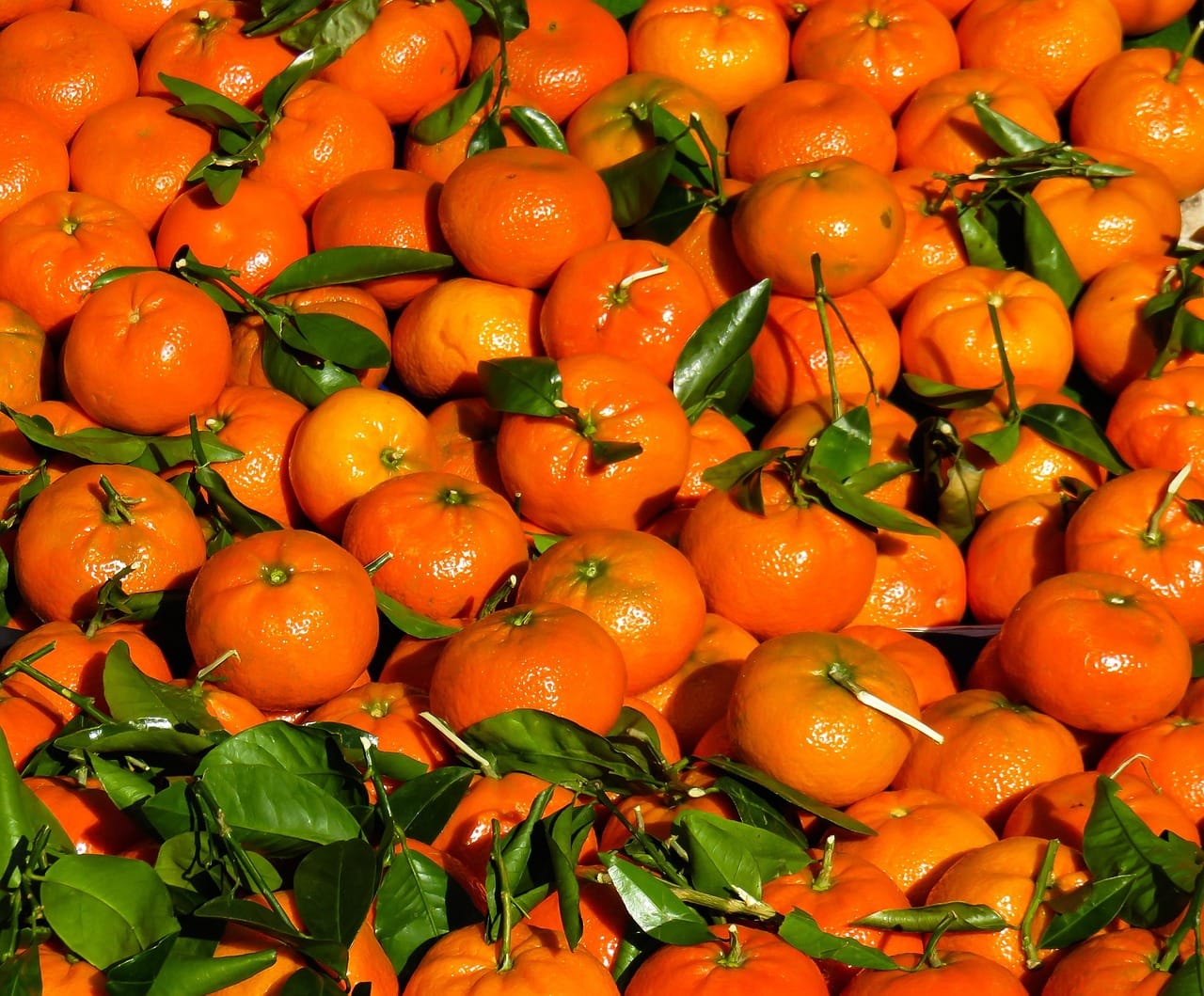The world of vegan cuisine is constantly expanding, and pasta is no exception. Forget the misconception that pasta is off-limits for vegans! With a wide array of readily available vegan pasta options and creative sauce pairings, you can enjoy comforting and delicious pasta dishes while adhering to a plant-based lifestyle. This guide will explore the diverse world of vegan pasta, from identifying suitable types to crafting delectable vegan sauces. Get ready to twirl your fork into a bowl of guilt-free goodness!
Understanding Vegan Pasta
Identifying Vegan-Friendly Pasta
Many commercially available dried pasta varieties are naturally vegan. Look for pasta made with:
- Semolina flour (derived from durum wheat)
- Water
- Important Note: Check the ingredient list carefully for eggs (“egg pasta” or “fresh pasta” often contains eggs). Some brands also sneak in milk powder.
Fresh Pasta Considerations
Fresh pasta is more likely to contain eggs than dried pasta. Therefore, it’s crucial to read labels meticulously. If buying from a local pasta shop or restaurant, always ask about the ingredients. Luckily, fresh vegan pasta is becoming more readily available as veganism grows in popularity.
Gluten-Free Vegan Pasta Options
For those avoiding both animal products and gluten, a variety of gluten-free vegan pasta exists:
- Rice pasta: A mild flavor that pairs well with many sauces.
- Corn pasta: Offers a slightly sweet flavor and a vibrant yellow color.
- Chickpea pasta: Packed with protein and fiber, with a nutty flavor.
- Lentil pasta: Another protein-rich option, often red or green lentil based.
- Quinoa pasta: Provides a good source of protein and a distinct, slightly earthy taste.
- Blend of gluten-free flours: Many brands use a mix of rice, tapioca, and other gluten-free flours for a more balanced texture.
Exploring Vegan Pasta Varieties
Classic Vegan Pasta Shapes
Many traditional pasta shapes are naturally vegan when made with just semolina and water. Some popular choices include:
- Spaghetti: A long, thin, cylindrical pasta, perfect with tomato-based sauces or pesto.
- Penne: Tube-shaped pasta with angled ends, ideal for chunky sauces that can cling to the ridges.
- Fusilli: Spiraled pasta that holds sauce well and adds visual appeal.
- Farfalle: Bow-tie shaped pasta, excellent in pasta salads or with creamy sauces.
- Linguine: Flat, narrow pasta, well-suited for seafood-style sauces made with plant-based alternatives.
Less Common Vegan Pasta Shapes
Don’t be afraid to venture beyond the basics! Many other pasta shapes can be found in vegan versions:
- Orecchiette: Small, ear-shaped pasta, great with vegetable-based sauces.
- Cavatappi: Corkscrew-shaped pasta, perfect for baked pasta dishes.
- Rotini: Similar to fusilli, but with a tighter spiral.
- Ditalini: Small, tube-shaped pasta, often used in soups.
Using Vegetable Noodles
While not technically “pasta,” vegetable noodles are a healthy and delicious vegan alternative.
- Zucchini noodles (zoodles): A low-carb option that can be spiralized at home or purchased pre-made.
- Carrot noodles: Offer a slightly sweet flavor and a vibrant orange color.
- Sweet potato noodles: Provide a naturally sweet and slightly earthy taste.
- Spaghetti squash: When cooked, the flesh separates into noodle-like strands.
Crafting Delicious Vegan Pasta Sauces
Tomato-Based Sauces
A classic and versatile option, easy to make vegan:
- Simple Marinara: Sauté garlic and onions, add canned tomatoes, herbs (basil, oregano), and simmer.
- Arrabbiata: A spicy tomato sauce with chili flakes.
- Puttanesca: A flavorful sauce with tomatoes, olives, capers, garlic, and chili flakes (omit anchovies for a vegan version).
- Roasted Red Pepper Sauce: Roasting red peppers enhances their sweetness before blending them into a smooth sauce.
- Tip: Enhance the flavor of your tomato sauces with a touch of balsamic vinegar or a pinch of sugar.
Creamy Vegan Sauces
Achieve creamy textures without dairy using:
- Cashew Cream Sauce: Soak raw cashews, then blend with water, nutritional yeast, lemon juice, and garlic.
- Coconut Milk Sauce: Use full-fat coconut milk for a rich and creamy texture. Season with garlic, herbs, and spices.
- Avocado Cream Sauce: Blend ripe avocado with basil, lemon juice, garlic, and water for a vibrant green sauce.
- Sunflower Seed Cream Sauce: Similar to cashew cream, but made with sunflower seeds for those with nut allergies.
- Tip: Nutritional yeast adds a cheesy flavor to vegan sauces.
Pesto and Other Green Sauces
- Classic Basil Pesto (Veganized): Replace Parmesan cheese with nutritional yeast or a blend of nutritional yeast and pine nuts (or walnuts).
- Spinach Pesto: A nutritious and flavorful alternative to basil pesto.
- Arugula Pesto: Offers a peppery and slightly bitter flavor.
- Broccoli Pesto: A great way to use broccoli stems.
- Tip: Toast nuts before adding them to pesto for a richer flavor.
Enhancing Your Vegan Pasta Dishes
Adding Protein
Ensure your vegan pasta meals are satisfying and nutritious by incorporating protein sources:
- Lentils: Add cooked lentils to tomato sauces or create a lentil “bolognese.”
- Beans: White beans, chickpeas, or kidney beans can be added to pasta dishes.
- Tofu: Crumble firm tofu and sauté until golden brown, then add it to your sauce.
- Tempeh: Crumble or dice tempeh and sauté or bake it before adding it to your pasta.
- Vegan Sausage: Slice or crumble vegan sausage and sauté it with vegetables.
- Nuts and Seeds: Sprinkle toasted nuts or seeds (pine nuts, walnuts, pumpkin seeds) on top of your pasta for added protein and texture.
Incorporating Vegetables
Load up your pasta dishes with a variety of vegetables:
- Leafy Greens: Spinach, kale, or arugula can be wilted into sauces or tossed with pasta.
- Roasted Vegetables: Roast vegetables like broccoli, Brussels sprouts, or bell peppers for added flavor and texture.
- Sautéed Vegetables: Sauté mushrooms, onions, garlic, and zucchini for a quick and easy addition.
- Sun-Dried Tomatoes: Add a burst of flavor to pasta sauces or salads.
Flavor Boosters
- Fresh Herbs: Basil, oregano, parsley, and thyme add freshness and aroma.
- Garlic: A staple ingredient in many pasta dishes.
- Onions: Sautéed onions provide a sweet and savory base for sauces.
- Chili Flakes: Add a touch of spice to your pasta dishes.
- Lemon Juice: Brightens up sauces and adds a zesty flavor.
- Nutritional Yeast: Provides a cheesy flavor to vegan sauces.
- Balsamic Vinegar: Adds depth and sweetness to tomato sauces.
Conclusion
Vegan pasta is a versatile and delicious option for anyone looking to enjoy plant-based meals. With a wide variety of pasta types and creative sauce combinations, the possibilities are endless. By understanding how to identify vegan-friendly pasta, exploring different sauce options, and adding protein and vegetables, you can create satisfying and nutritious vegan pasta dishes that everyone will love. Embrace the plant-based pasta revolution and discover your new favorite vegan creations!




